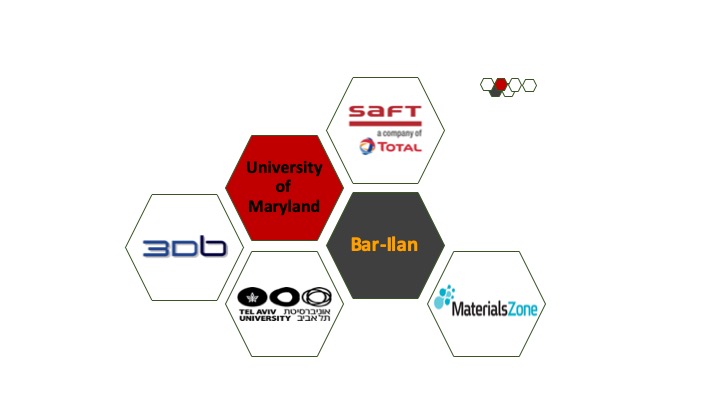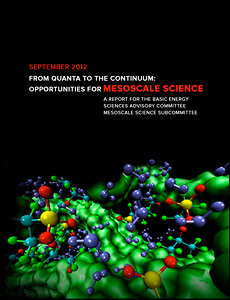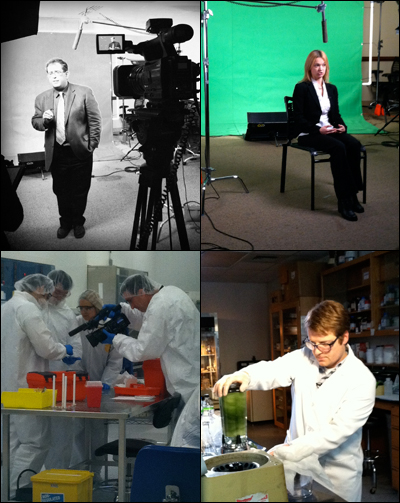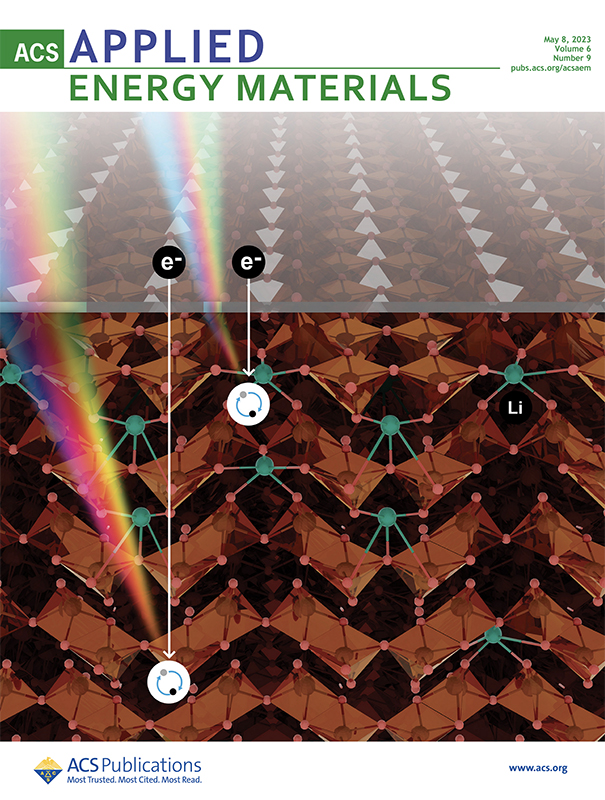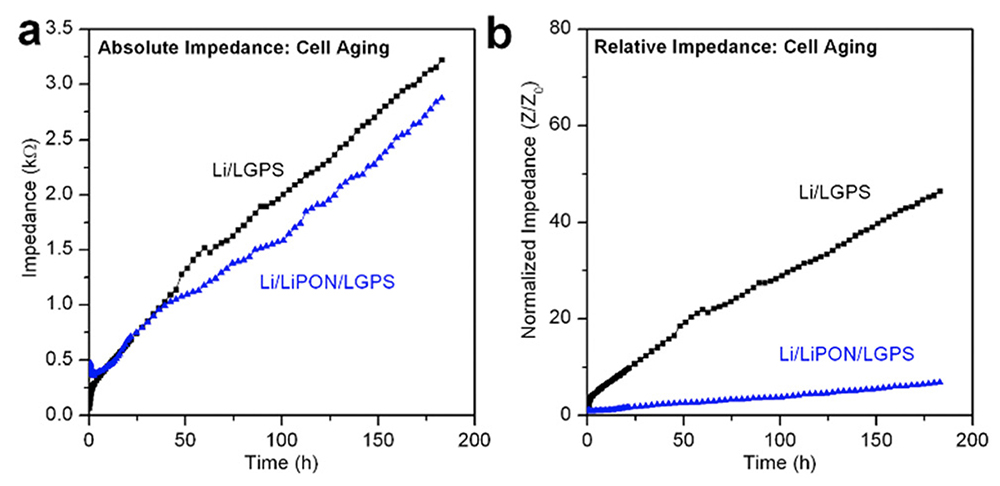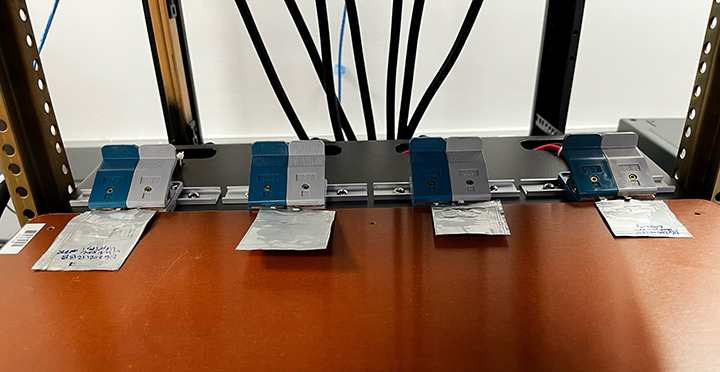News Story
Department of Energy renews NEES EFRC for four years

Professor Gary Rubloff (MSE/ISR) is the director of NEES, and Professor Sang Bok Lee (Chem&Biochem) is its deputy director.
NEES EFRC is a multi-institutional research center, one of 46 EFRCs established by the DOE in 2009. The group’s focus is developing highly ordered nanostructures that offer a unique testbed for investigating the underpinnings of storing electrical energy.
The center studies structures that are precise—each at the scale of tens to hundreds of nanometers and ordered in massive arrays. These structures are also multifunctional—able to conduct electrons, diffuse and store lithium ions, and form a stable mechanical base. The scale and control of experimentation gives NEES EFRC researchers an exclusive gateway to probing fundamental kinetic, thermodynamic, and electrochemical processes.
In its first five years, NEES EFRC has developed a unique way of looking at the science of energy storage. “Our agenda for NEES-2 is at least as creative and relevant,” Rubloff said.
“NEES’ vision is a new generation of much better batteries; powerful and long-lasting because they are based on carefully designed nanostructures,” Rubloff said. “This requires that we understand how to precisely control the multiple components (materials and shapes) of the nanostructures; how to densely pack and connect the nanostructures; how they behave—individually and collectively—during charging and discharging, and why; and how to make them safe and long-lasting over thousands of charging cycles.”
“The NEES mission is to provide the scientific insights and design principles needed to achieve this vision.”
The University of Maryland is the lead institution in the center, the largest principal investigator contingent is from UMD, and the research being conducted cuts across the domains of two colleges, the A. James Clark School of Engineering and the College of Computer, Mathematical and Natural Sciences. Rubloff notes the program has enabled UMD to develop close collaborations with “a diverse selection of outside universities and federal labs, with accompanying long-range benefits.”
University of Maryland faculty involved in NEES EFRC include Sang Bok Lee in the “Multifunctional Nanostructures for Fast Ion Transport” research area; John Cumings (MSE), Chunsheng Wang (CheBE), and YuHuang Wang (Chem&Biochem), in the “Self-Healing Nanostructures for Electrodes” research area; and Gary Rubloff, ISR Director Reza Ghodssi (ECE/ISR), Liangbing Hu (MSE), and Janice Reutt-Robey (Chem&Biochem) in the “Nanoscience of Electrochemical Interfaces and Atomic Scale Mechanics and Kinetics in Heterogeneous Nanostructures” research area.
Learn more about NEES EFRC research here.
Published June 20, 2014

